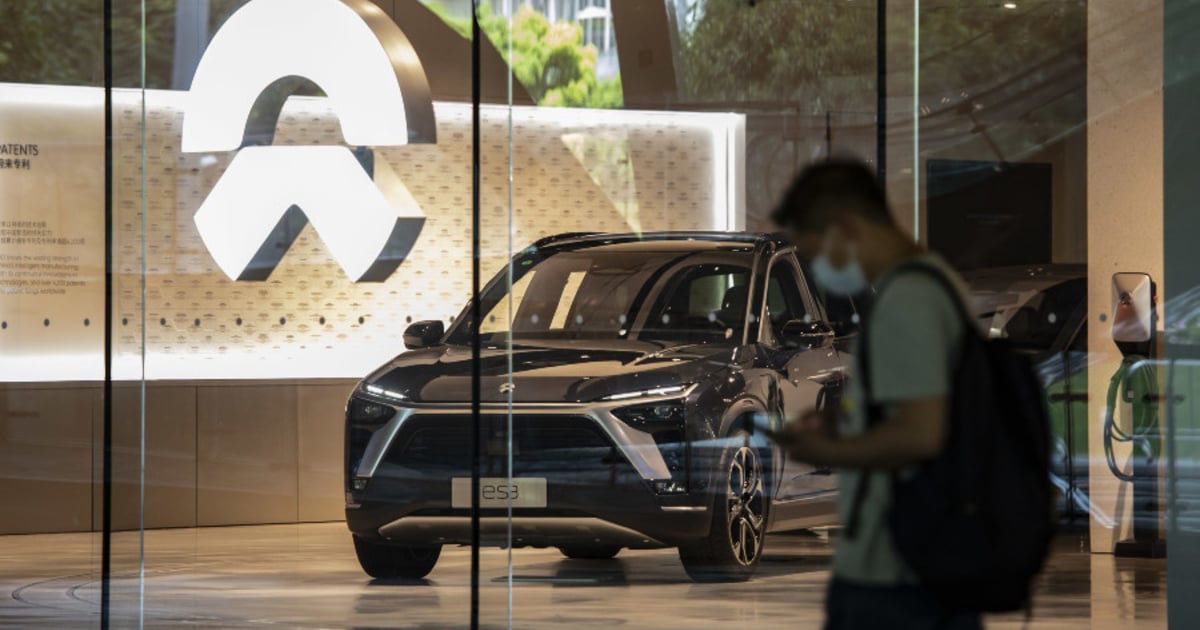
Pent-up demand may buoy internal combustion engine vehicle sales through 2024, but an inevitable decline is on the horizon, consulting firm AlixPartners’ Mark Wakefield predicted in an annual Global Automotive Outlook released Monday.
“Really we have an ICE melting situation where there really isn’t a return to past ICE levels,” Wakefield said.
As they navigate the electric vehicle transition, automakers also continue to contend with material and labor costs, supply constraints and inflation.
To add to the challenge for Western automakers, Chinese EV brands are dominating domestically and may become much more influential players in the Western market in the next three to five years, AlixPartners’ Stephen Dyer said.
AlixPartners predicts global vehicle sales will rise 5 percent this year, reaching 92 percent of pre-COVID levels, with North America up 10 percent, Europe up 6 percent and China up 3 percent.
Pre-COVID sales volume may never return in Europe, AlixPartners said. Europe will also see the most complete retreat from ICE vehicles, Wakefield said, because of an intense regulatory environment.
While supply constraints in the U.S. are expected to gradually ease by the end of 2024, labor constraints may be stickier, Wakefield said. Contract negotiations between top automakers and the UAW remain a wild card.
Wakefield said he feels it’s more a question of how long the strike will last rather than if there will be one.
Meanwhile, pricing strength is starting to recede in the U.S., mostly because of changes in model and trim mix. Average prices could fall about 7 percent by 2025 as inventories build, interest rates stay high and production stabilizes, AlixPartners predicts.
Meanwhile, the firm predicts EVs will claim a global market share of 34 percent by 2028 and 61 percent by 2035. Europe will see the highest EV penetration — 82 percent by 2035 — with China following at 66 percent and the U.S. at 59 percent.
EV transition-related investment announcements have doubled in the last two years, the firm said. While automaker’s total investments in R&D remain steady, EV investments are replacing ICE investments. Battery investments, in particular, are gaining momentum.
ICE vehicle sales in the U.S. are expected to be about flat through 2024 before resuming a decline to 12.7 million in 2027.
In the U.S., battery-electric vehicle raw material costs are down from their 2022 peak but still double their 2020 level.
Chinese brands will likely outsell foreign brands in that country in 2023 for the first time in recent history. AlixPartners predicts these brands will rapidly increase their domestic market share, growing to 65 percent of the Chinese passenger vehicle market by 2030.
Chinese automakers also became the world’s largest exporters in the first quarter of 2023, beating out former leader Japan.
Companies that take lessons from what’s working for Chinese EV brands will win globally in the future, Wakefield said.
While traditional automakers tend to be engineering-driven and focused on getting vehicles right on the first try, Chinese EV brands have emerged fueled by new technology with a strong appetite for risk, prioritizing speed-to-market and cost over other factors.
Chinese brands also continue to benefit from the Chinese government, which has invested about five times as much as the U.S. in EV purchase incentives since 2016, according to AlixPartners.
While Chinese automakers will likely target the U.S. market last, due to regulatory and geopolitical challenges, their influence on Western markets is very real and coming soon, Dyer said.
“It’s three to five years away, and so there is time for the traditional automakers to do this kind of a pivot and to try to move toward this different type of business model,” Wakefield said.

